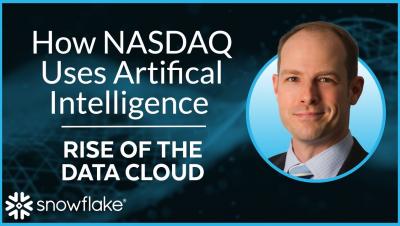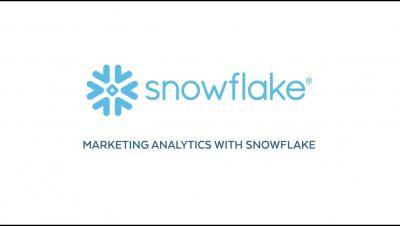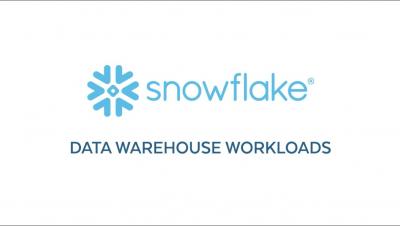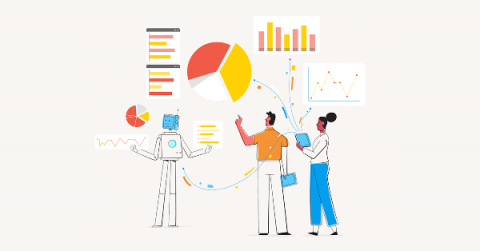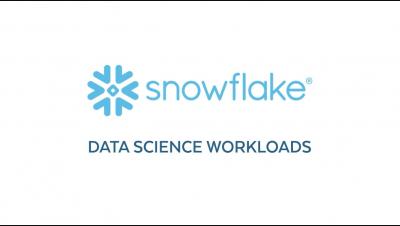How insurers can better deliver at "The Moment of Truth"
It’s all about the Customer Customers today expect services to be highly personalized. In a digital world tuned to understand your likes, dislikes, interests and preferences we expect a similar level of customization in all aspects of our lives. Insurance is no different. Insurance is not something the average consumer thinks about every day but when a life changing event happens, insurance becomes extremely important. It is in this “Moment of Truth” that insurers excel or fail.




